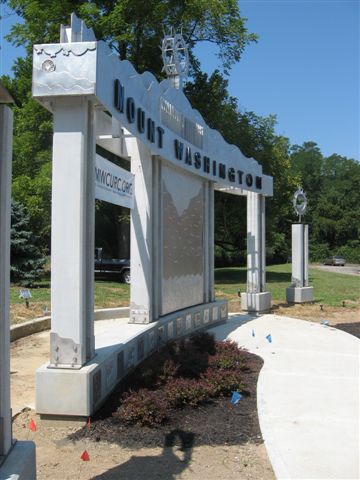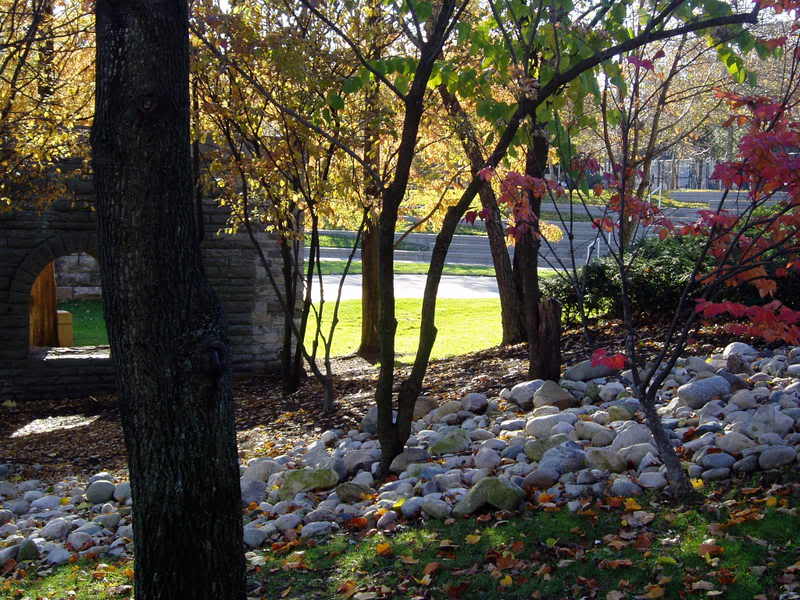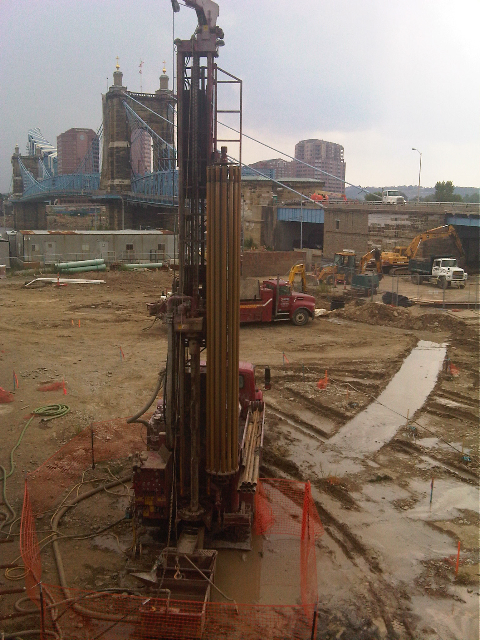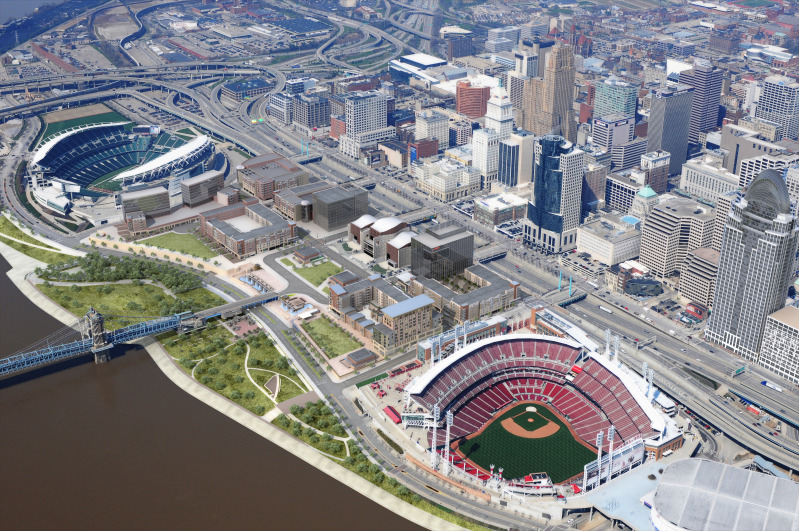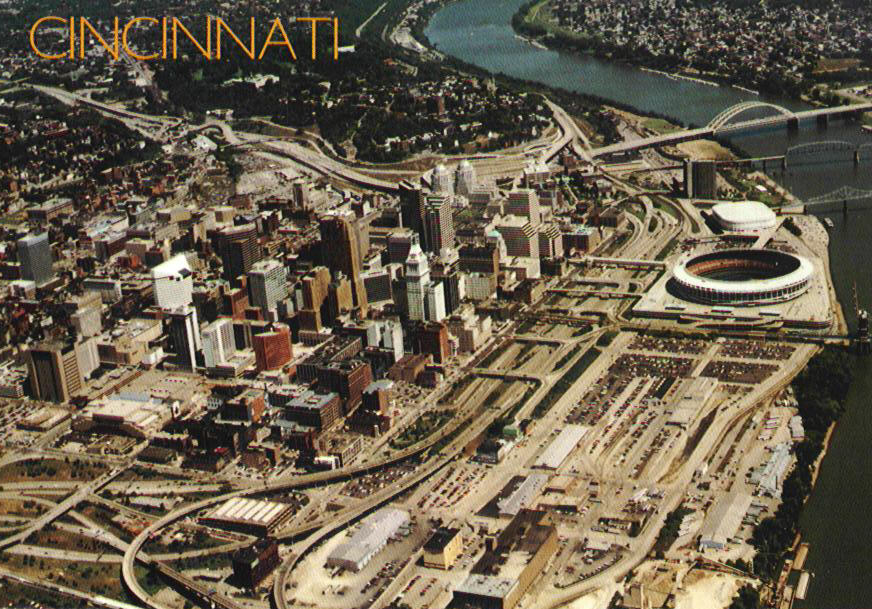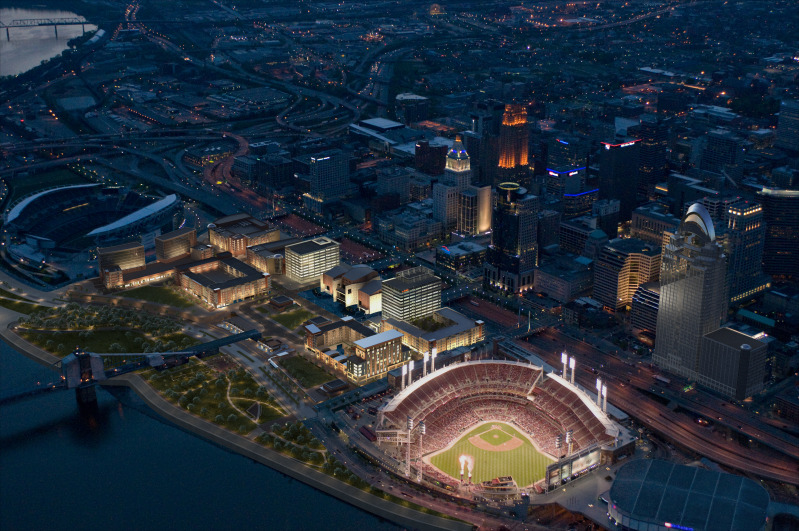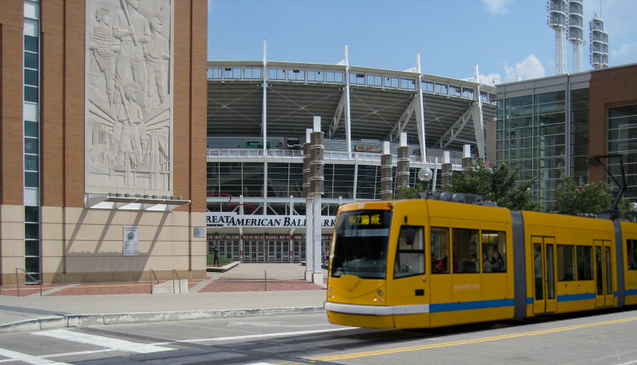 The inaugural season of the Over-the-Rhine Urban Kickball League will kick-off tonight at 5:30pm. Response to the league’s formation has been overwhelming. In just under two weeks, approximately 150 people signed-up to participate, while three businesses signed on to support the league financially.
The inaugural season of the Over-the-Rhine Urban Kickball League will kick-off tonight at 5:30pm. Response to the league’s formation has been overwhelming. In just under two weeks, approximately 150 people signed-up to participate, while three businesses signed on to support the league financially.
The OTR Urban Kickball League includes 12 teams that will take part in a round robin league lasting six weeks. The champion will be determined by the highest point total (three points per win, one point per tie) at the end of the season in mid-November. Each team is comprised of an approximately 50/50 breakdown between men and women.
Jennifer Kessler, UrbanCincy writer and creator of the league, says that the purpose of the league is two-fold.
“The kickball league is going to be a fun social activity, and it will also bring people out to an under-utilized part of the neighborhood, putting eyes on the street and integrating with the community,” she explained.
The games will be held on Tuesdays, Wednesdays, and Thursdays at 5:30pm and 6:30pm at Cutter Playground at 14th and Sycamore Street. The public is welcome to attend and watch the games which are expected to last less than an hour. Kessler notes that following each game many of the league participants will be meeting to socialize at Neons Unplugged – one of the league’s sponsors.
“The OTR Kickball League gives Neons the opportunity to demonstrate our philosophy that a neighborhood bar can have a positive affect on the neighborhood as a whole even outside the confines of its own four walls,” explained Neons owner Michael Redmond.
In addition to Neon’s, the first-ever OTR Urban Kickball League was made possible through the support from Hoist and Hudepohl Amber Lager which will both be available for purchase at Neons throughout the season and beyond.
Redmond concluded by saying, “We hope that other bars, businesses and individuals will follow in supporting more grassroots neighborhood efforts like this one to help show that Over-the-Rhine is more than just viable, but even a desirable place to live, work and play.”

